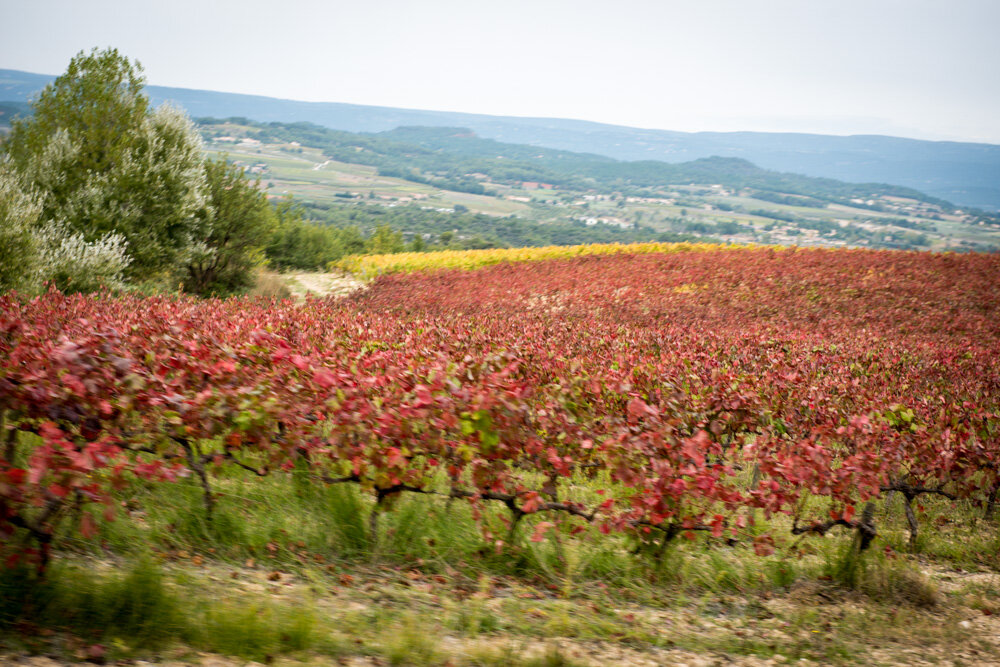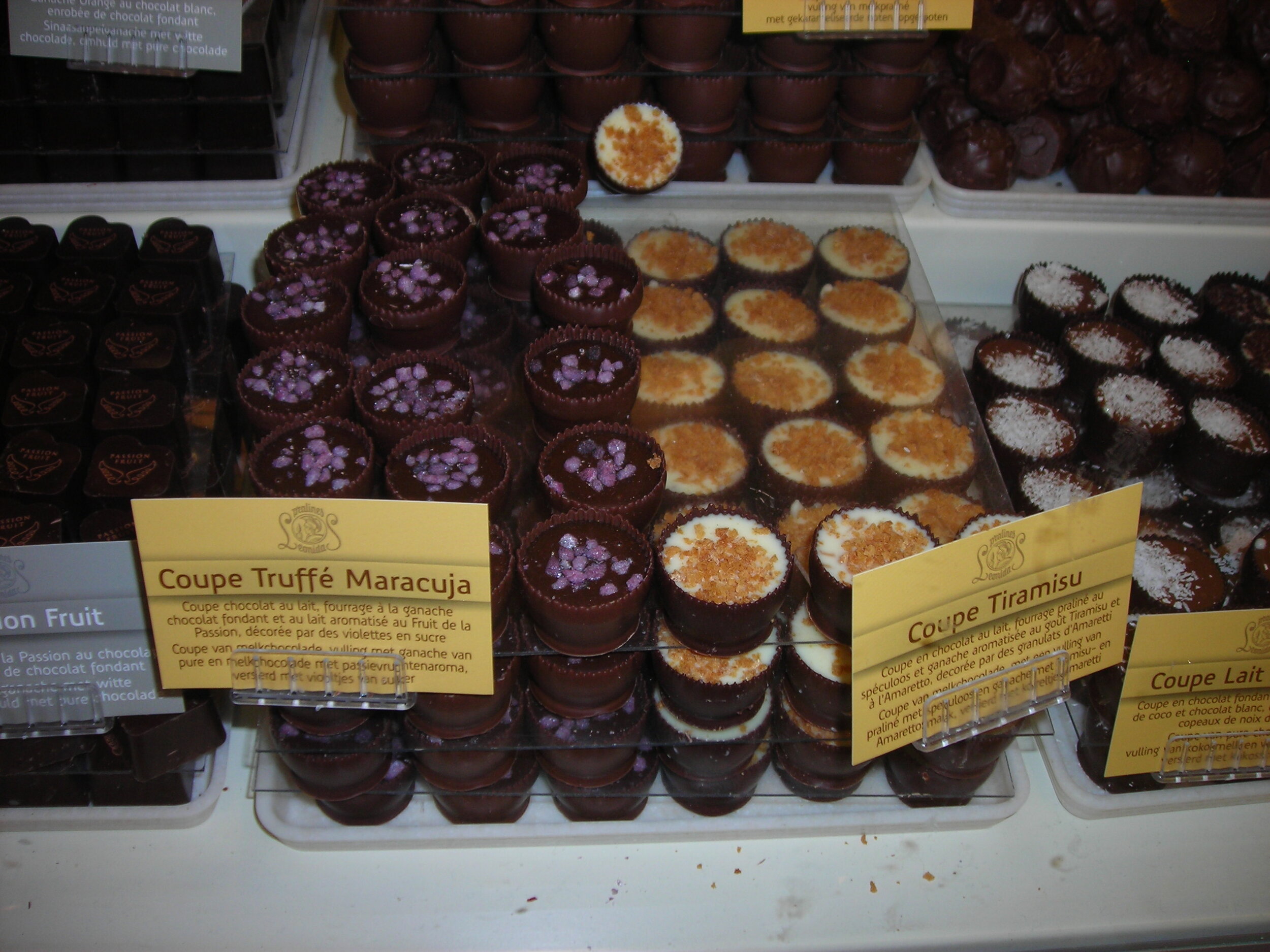
The world of travel to all of our outstanding destinations
Christmas in Provence: The 13 Desserts
Christmas in Provence includes the 13 Desserts. Learn what they are and how they are presented.
In Provence there is a special Christmas culinary tradition.
In Provence there is a special Christmas culinary tradition. Family and friends share 13 simple local delicacies at the end of the Christmas Eve dinner. Curious? Follow us as we tell you about this quite recent, but catchy, Provencal custom.
The story begins at the foot of Mount Garlaban in the town of Aubagne … and always finishes in our plates!
In Provence, connecting religious symbolism to food has always been an important part of Christmas. So at the beginning of the XXth century a group of townsfolk in Aubagne decided to pair up a selection of 13 regional desserts as representations of Christ and the 12 apostles. The point was to highlight the delightful local specialties and imbue them with religious significance while also showing family and friends that you were wealthy enough and/or well organized enough to make it through winter with ease, and thus could share your bounty with your holiday guests. The desserts are presented and eaten on Christmas eve and the leftovers stay on the table for the next 3 days. Everyone picks from the table what they like.
Now, how about we discover what they are?
A long list of magical delicacies!
The list of 13 elements is not precise. But there are 6 that you’ll be sure to find on the table each time. Of these 6 specific desserts, 4 represent religious orders: nuts or hazelnuts (Augustinians), dried figs (Franciscans), almonds (Carmes) and raisins (Dominicans).
And 2 are simply delicious: black and white nougat and pompe à l’huile which is an oily flat bread.
Other than these 6 essential items, there is a series of elements from which you can choose from in order to complete your farandole of 13 desserts:
- Dried and sugared fruits
- Calissons d’aix, which are candy-like delicacies made with almond paste and sugar
- Fried cakes like oreillettes and beignet, similar to doughnuts
- Candied fruit
- Clementines
- Quince paste
- Apple and pears
- Prunes
- Oranges (which are a symbol of wealth)
- Orange blossom Fougasse, which is also a kind of flat bread.
- White grapes
- Almond-based cake
What an interesting combination! And even if it’s not at Christmas time, we often browse the markets and offer tastes of some of these local specialties, especially things like the calissons, quince paste and the candied fruits of Apt. Want to learn, see, taste or do more? Look at our website!
In Paris & Brussels, Tis The Season for Chocolate
Now that the weather outside is frosty (hear the tune in your head), it's time for chocolate! Real chocolate. Delicate chocolates. Chocolates that don't like too much heat because they are filled with real, fresh, flavored cream, or stamped and painted with gorgeous drawings, or melted and stirred into thick unctuous decadent drinks. Is your mouth watering yet? Each winter --in both December and February (Valentine's Day, anyone?) Bliss Travels visits the most magnificent chocolatiers and patissieres to see what new creations and exciting treats are available. (And, we don't just visit, we taste, and taste...and then have a glass of Champagne --whoops, got distracted. Sorry!)This year is no different. Even if you can't come on our Christmas week trip (where we do this in Paris) or our Valentine's weekend or add on a visit to Brussels, you can still look at these amazing treats and learn what to find here. What could be better ?Smaller than American confections, and typically more delicate, with thinner shells, these treats also have significantly less sugar, making them (in the opinion of Bliss Travels) practically a health food! (Truth: they are less fattening, and less addictive, because there is less sugar and nothing that's chemical in them.) If you talk to an artisan in Brussels or Paris, they will tell you chocolate in proper "doses" is medicinal and very good for you. I wouldn't argue with that if I were you. I sure don't!
Each winter --in both December and February (Valentine's Day, anyone?) Bliss Travels visits the most magnificent chocolatiers and patissieres to see what new creations and exciting treats are available. (And, we don't just visit, we taste, and taste...and then have a glass of Champagne --whoops, got distracted. Sorry!)This year is no different. Even if you can't come on our Christmas week trip (where we do this in Paris) or our Valentine's weekend or add on a visit to Brussels, you can still look at these amazing treats and learn what to find here. What could be better ?Smaller than American confections, and typically more delicate, with thinner shells, these treats also have significantly less sugar, making them (in the opinion of Bliss Travels) practically a health food! (Truth: they are less fattening, and less addictive, because there is less sugar and nothing that's chemical in them.) If you talk to an artisan in Brussels or Paris, they will tell you chocolate in proper "doses" is medicinal and very good for you. I wouldn't argue with that if I were you. I sure don't!
 Some of the flavors below include lavender and a fresh cream of tiramisu!
Some of the flavors below include lavender and a fresh cream of tiramisu!
 The chocolates in this photo are from Neuhaus. You can buy this brand in the US, but you cannot buy the fresh creams. They are too delicate to travel. The photo here depicts chocolates filled with a very light flavored whipped cream (this is not the cloying sweet gummy stuff we call "creams" in the box of assorted chocolates you get in the US). You must get these in BRUSSELS.So, what to do here. Look for small batch chocolates, make by artisans. Look for higher quality (and darker, more pure) chocolates. Avoid anything with a list of ingredients with things you personally wouldn't cook with. Look for smaller pieces, interesting flavors, freshest ingredients.Then there are other things you can do with chocolate...If you're in Paris or Brussels! Take a look at a typical, well done treat. (But, you have to know where to go!)
The chocolates in this photo are from Neuhaus. You can buy this brand in the US, but you cannot buy the fresh creams. They are too delicate to travel. The photo here depicts chocolates filled with a very light flavored whipped cream (this is not the cloying sweet gummy stuff we call "creams" in the box of assorted chocolates you get in the US). You must get these in BRUSSELS.So, what to do here. Look for small batch chocolates, make by artisans. Look for higher quality (and darker, more pure) chocolates. Avoid anything with a list of ingredients with things you personally wouldn't cook with. Look for smaller pieces, interesting flavors, freshest ingredients.Then there are other things you can do with chocolate...If you're in Paris or Brussels! Take a look at a typical, well done treat. (But, you have to know where to go!)
 What could be a better gift than Chocolate --well, taking that person tasting in Paris --but, if you can't do that, find the real thing here. It makes a difference.We wish you a truly sweet season....And hope you'll join us soon! It's BlissIf you want to know more, write me. I love to hear from people! Wendy@blisstravels.com
What could be a better gift than Chocolate --well, taking that person tasting in Paris --but, if you can't do that, find the real thing here. It makes a difference.We wish you a truly sweet season....And hope you'll join us soon! It's BlissIf you want to know more, write me. I love to hear from people! Wendy@blisstravels.com






